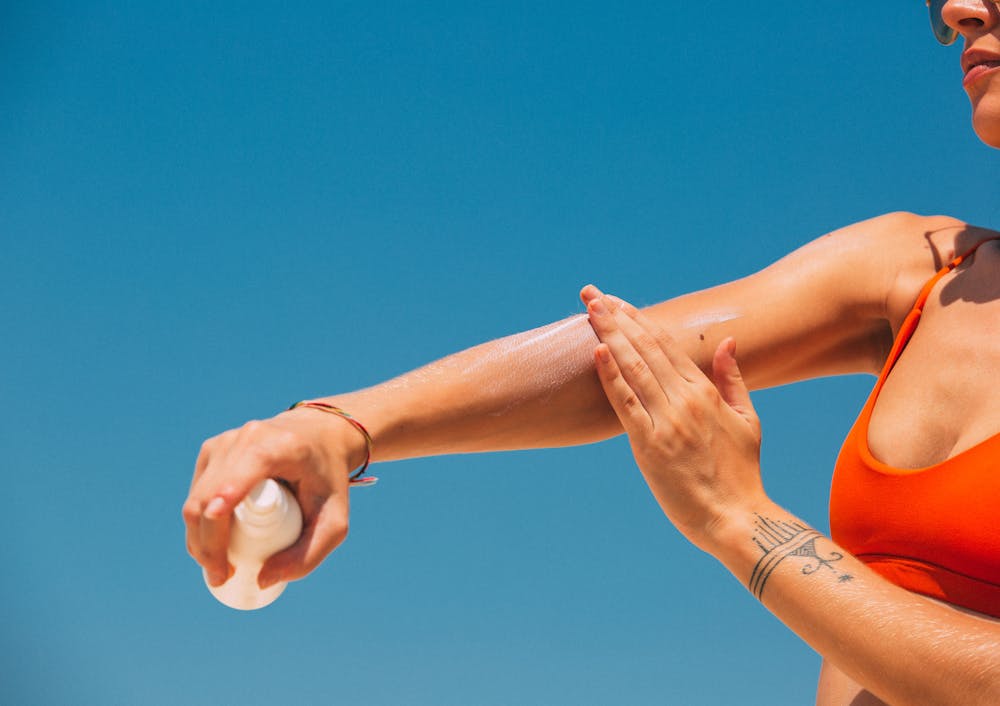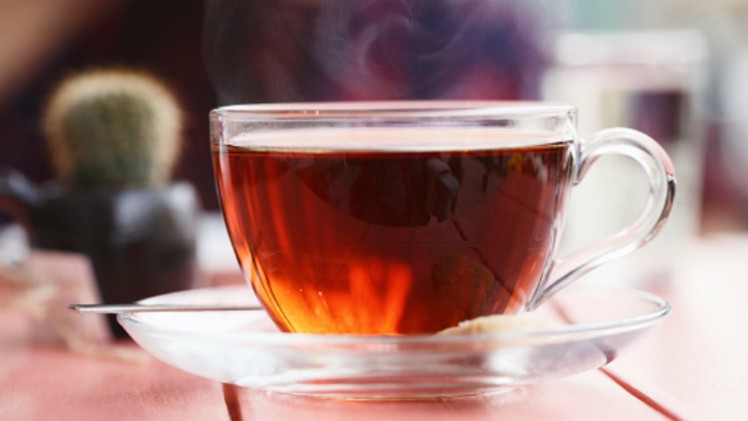Living nearer to the North or South Poles exposes us to greater UV radiation due to the weaker ozone in those areas. That increases the possibility of skin cancer. I thought the intense sun of the tropics would burn more. Maybe my confusion stems from the layers of clothing we wear as temperatures drop or shed as they rise.
Regardless of your residence location, we have options for protection and repair to stave off skin cancer and frequent lesser damage. What do you use to protect yourself from the Sun’s rays when you are out in them? What helps you most when you get too much sun?
I wear a wide-brimmed hat to protect my bald head and face. Don’t forget moisturisers in Australia. When on the sand or water, the Sun’s reflection can burn up and down. Some of the most irritating sun damage I’ve received was on the bottom of my nose and ears from reflection.
You are probably familiar with names like Acure, Aloe Pura, Amazing Oils, and other moisturisers. Which is your favourite? I found Acure a very effective and high-quality lotion, which I would classify as body butter. My skin feels like it is drinking when I apply it. Did you know mosquitoes like dry skin more? Maybe that will make you moisturise.
I worked in the marine industry building yachts and training captains. Many in the industry are “too cool” to use lotion, and they look 15 years older than me due to sun damage. Dry skin is vulnerable to damage, whether dried by the wind, sun, or the air conditioning in your home.
Wearing shoes on the beach is not always convenient or comfortable. I wear shoes on Sunday morning but otherwise thongs. Layer your feet, ankles, and legs with higher SPF lotions for greater protection. Protip, when snorkelling, wear long-sleeved and long-legged clothing.
Long-sleeved and lightweight breathable shirts, blouses, or wraps can keep your upper body cool and protected. While living in Saudi Arabia, I mimicked the locals in wearing layers in the extreme heat to keep cool. I thought layers were only useful in the cold of winter. Retaining your skin and body moisture is the real prevention of damage in the desert.
Recent advances in material technology have brought us reflective polyesters and silks. Additional chemical treatments absorb UV rays before they can reach your skin. Reflective and absorbing?
Smartwool, Columbia, The North Face, and Osprey are some of the big brands leading in material science development and application. We also have sustainable outdoor clothing options like Wilderness Wear, Ottie, or Merino County. Which do you wear?
Life is experienced outside. Go and live it. We also need vitamin D. Our skin absorbs nutrients faster and takes less damage when properly moisturised. Nature shouldn’t hurt. Have fun this summer.


